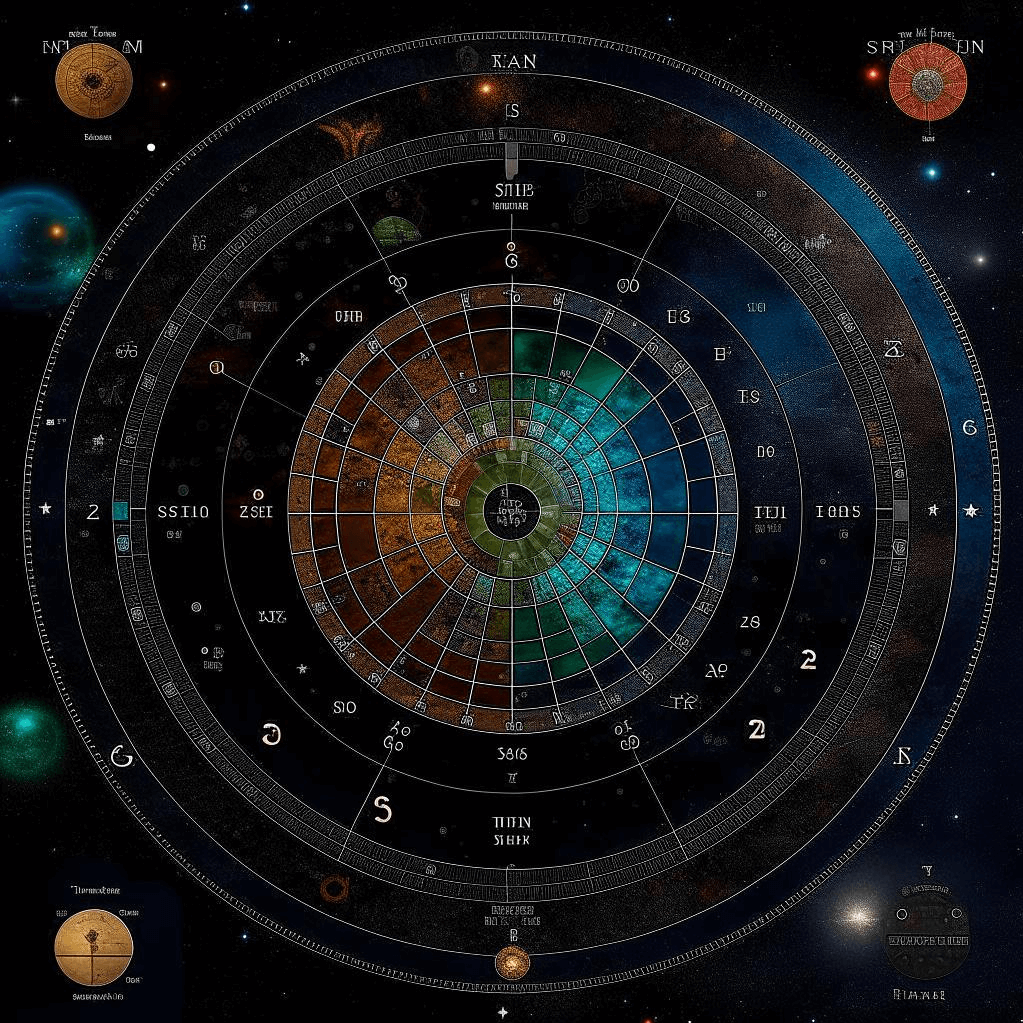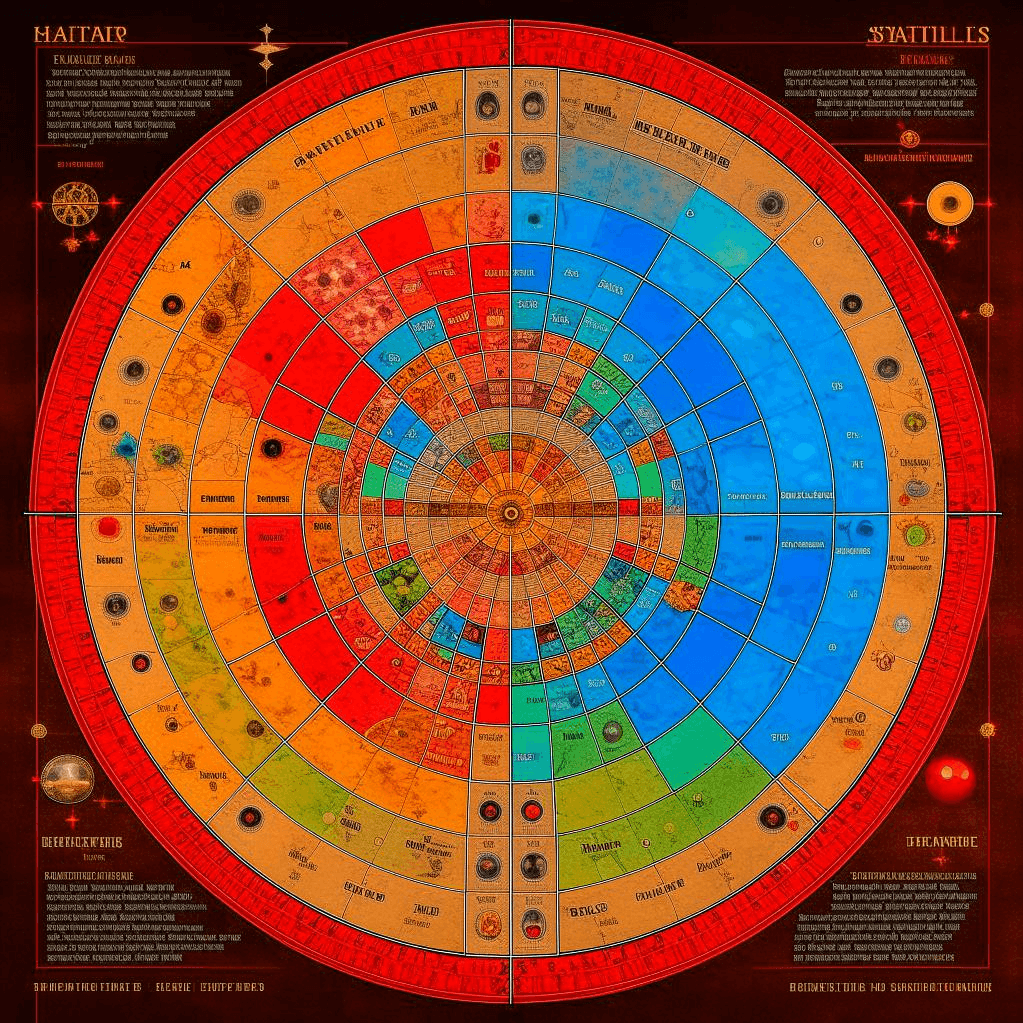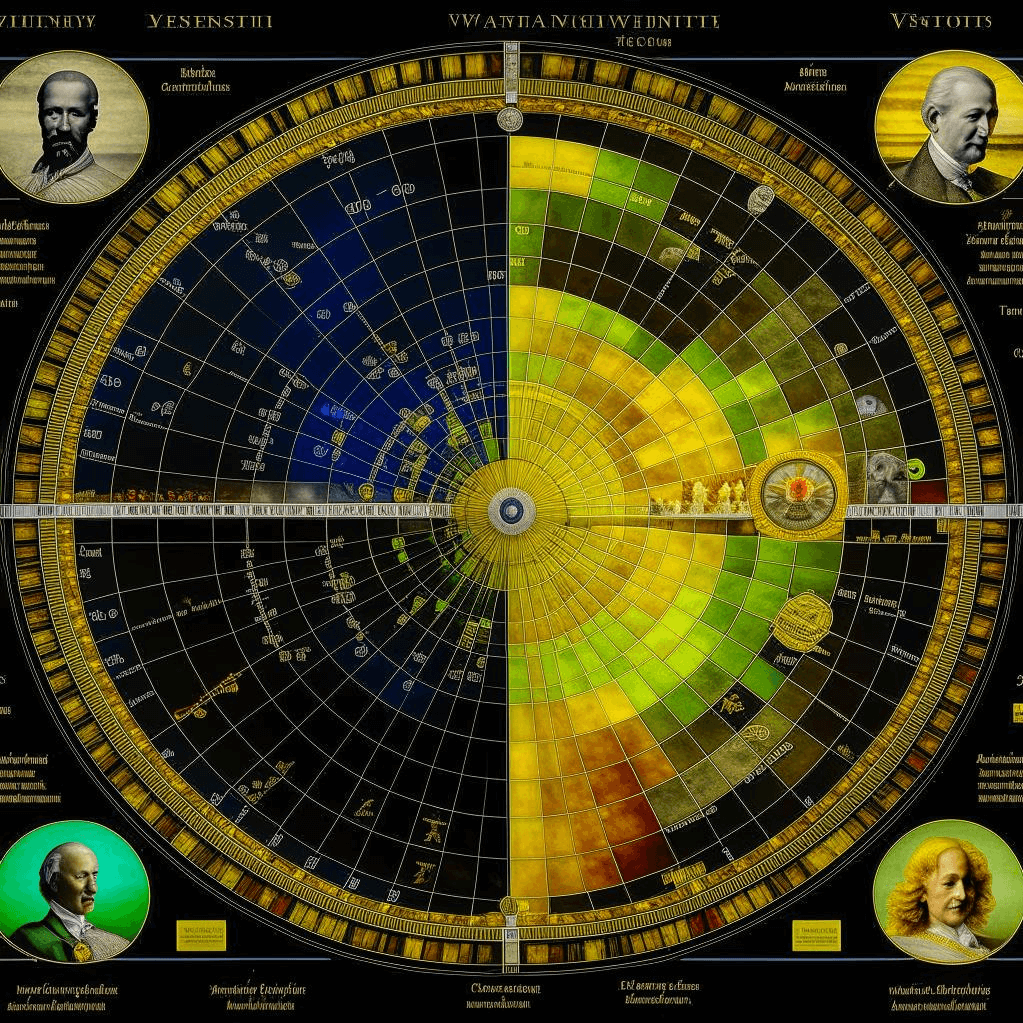Synastry charts are an important tool in astrology that help us understand the dynamics and compatibility between individuals. Typically, birth time is crucial for accurate analysis of these charts. However, in cases where birth time is unavailable, it can be challenging to fully interpret the chart. Without the birth time, determining accurate house placements and specific planetary positions becomes difficult. Nonetheless, there are alternative methods that can be used to gain some insight into the synastry chart. By focusing on aspects and planetary connections, as well as considering the Sun sign, we can still glean valuable information about the relationship dynamics. In this article, we will explore these methods and provide examples to help you understand synastry charts without birth time.
Contents
I. What is a synastry chart?
II. Challenges of analyzing synastry charts without birth time
III. Alternative methods for understanding synastry charts without birth time
IV. Interpreting synastry charts without birth time
V. Case studies and examples
VI. Conclusion
I. What is a synastry chart?
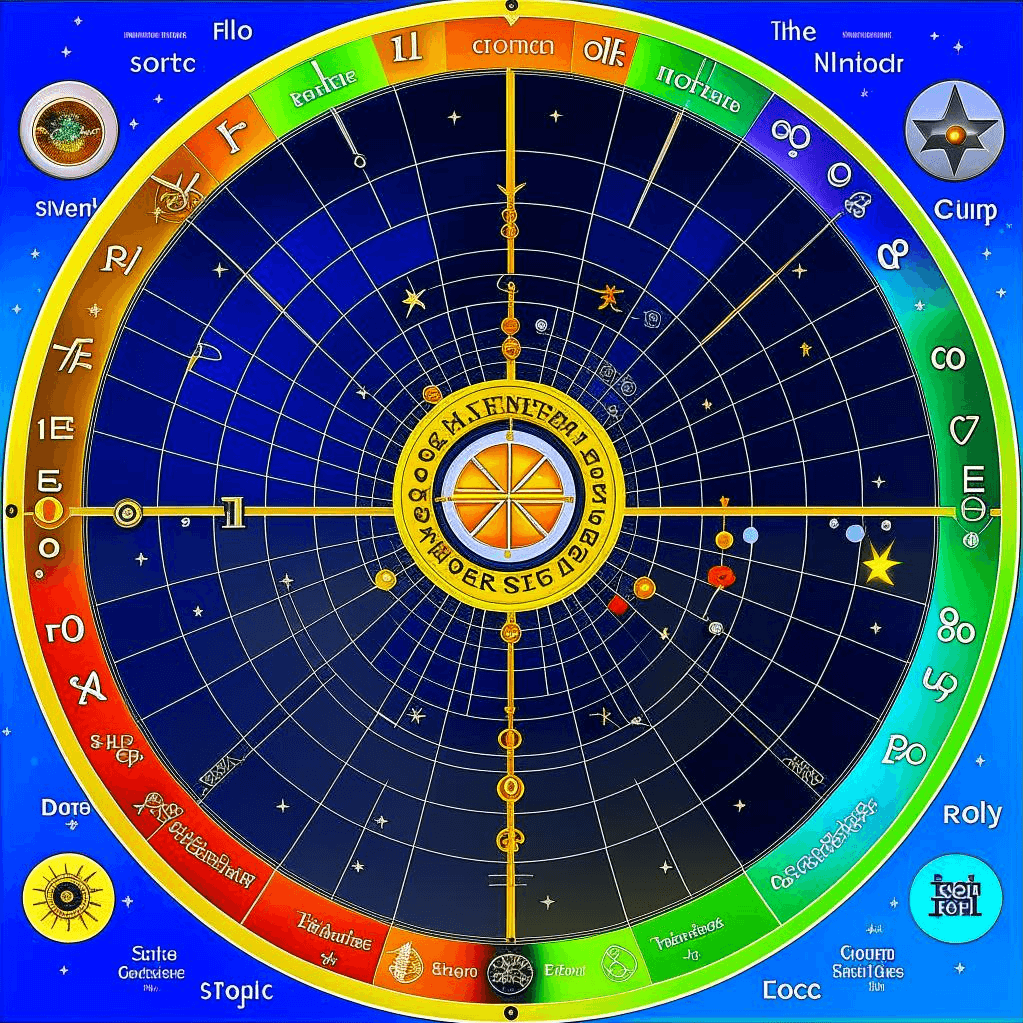
A synastry chart is a tool used in astrology to analyze the compatibility and dynamics between two individuals. It compares the positions of celestial bodies, such as the Sun, Moon, planets, and other important points in the zodiac, for both individuals. This chart helps astrologers understand how the energies of two people interact and influence each other.
In a synastry chart, each person’s birth chart is overlaid onto the other, creating a combined chart that shows the connections and interactions between the two individuals. The positions of the celestial bodies in this combined chart reveal potential areas of harmony, tension, and growth in the relationship.
The zodiac signs play a significant role in synastry analysis. Each person’s Sun sign, which represents their core identity and ego, is compared to the other person’s Sun sign to determine compatibility and how they express themselves in the relationship. The Moon sign, representing emotions and instincts, is also considered for understanding emotional compatibility.
Additionally, the positions of other planets, such as Venus (representing love and affection), Mars (representing passion and assertiveness), and Mercury (representing communication and intellect), are analyzed to gain insights into various aspects of the relationship.
Overall, a synastry chart provides a comprehensive view of the astrological compatibility between two individuals, helping astrologers understand the strengths, challenges, and potential growth areas in their relationship.
II. Challenges of analyzing synastry charts without birth time
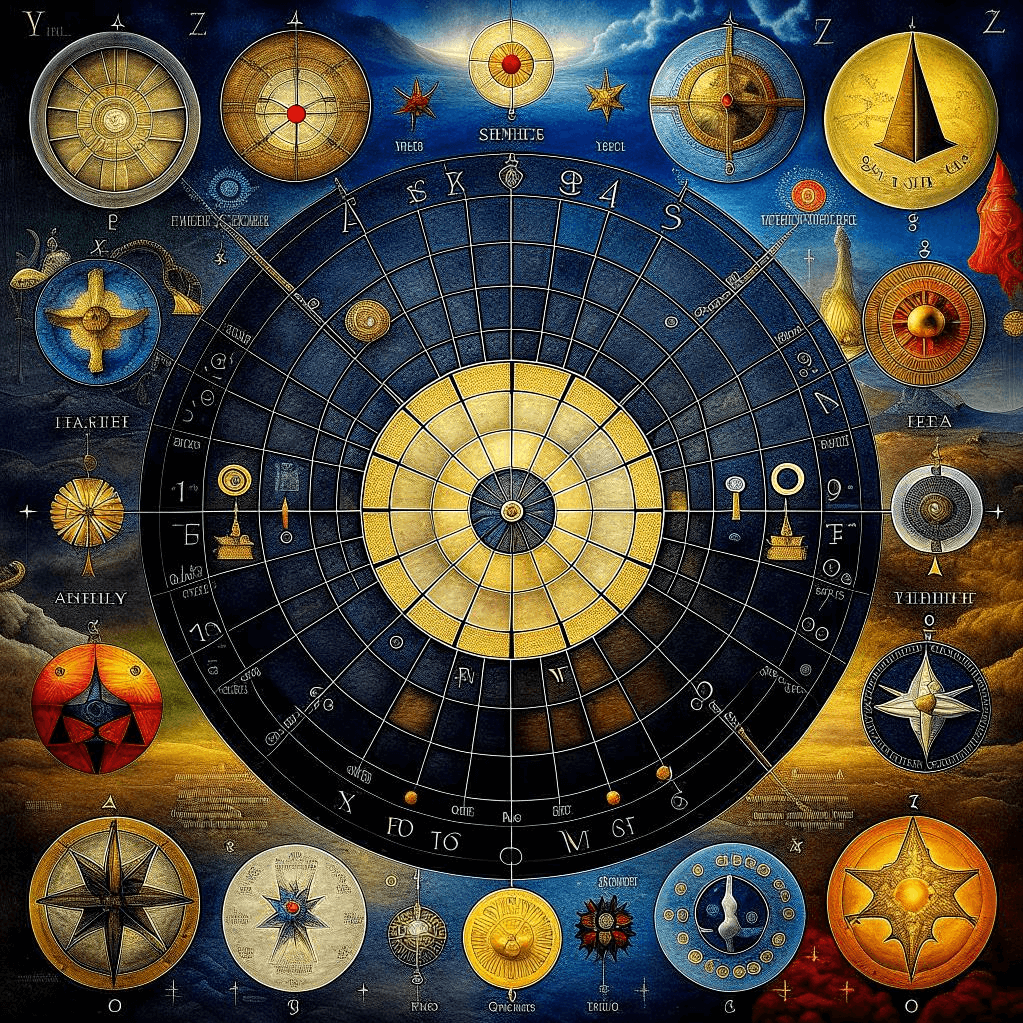

Analyzing synastry charts without birth time can present several challenges that can affect the accuracy and depth of the analysis. Here are some specific facts that contribute to these challenges:
1. Inaccuracy and limitations: Without an accurate birth time, the positions of celestial bodies, such as the Sun, Moon, and planets, may not be precisely known. This can lead to inaccuracies in determining the exact placements of these celestial bodies in the zodiac signs and houses.
2. Difficulty in determining accurate house placements: The houses in a synastry chart represent different areas of life, such as relationships, career, and home. Without the birth time, it becomes challenging to accurately determine which houses the celestial bodies fall into. This can impact the interpretation of how the energies of these celestial bodies interact within the specific areas of life.
3. Impact on the interpretation of aspects and planetary connections: Aspects, which are the angular relationships between celestial bodies, play a significant role in synastry analysis. Without the birth time, it becomes difficult to accurately determine the aspects between the celestial bodies. This can hinder the interpretation of the dynamics and interactions between individuals in a relationship.
These challenges highlight the importance of having an accurate birth time for a comprehensive and precise synastry analysis. However, there are alternative methods that can be used to gain some insights even without the birth time, which will be discussed later in this article. It’s important to keep in mind that while these methods can provide some understanding, they may not be as accurate as a full analysis with the birth time.
III. Alternative methods for understanding synastry charts without birth time
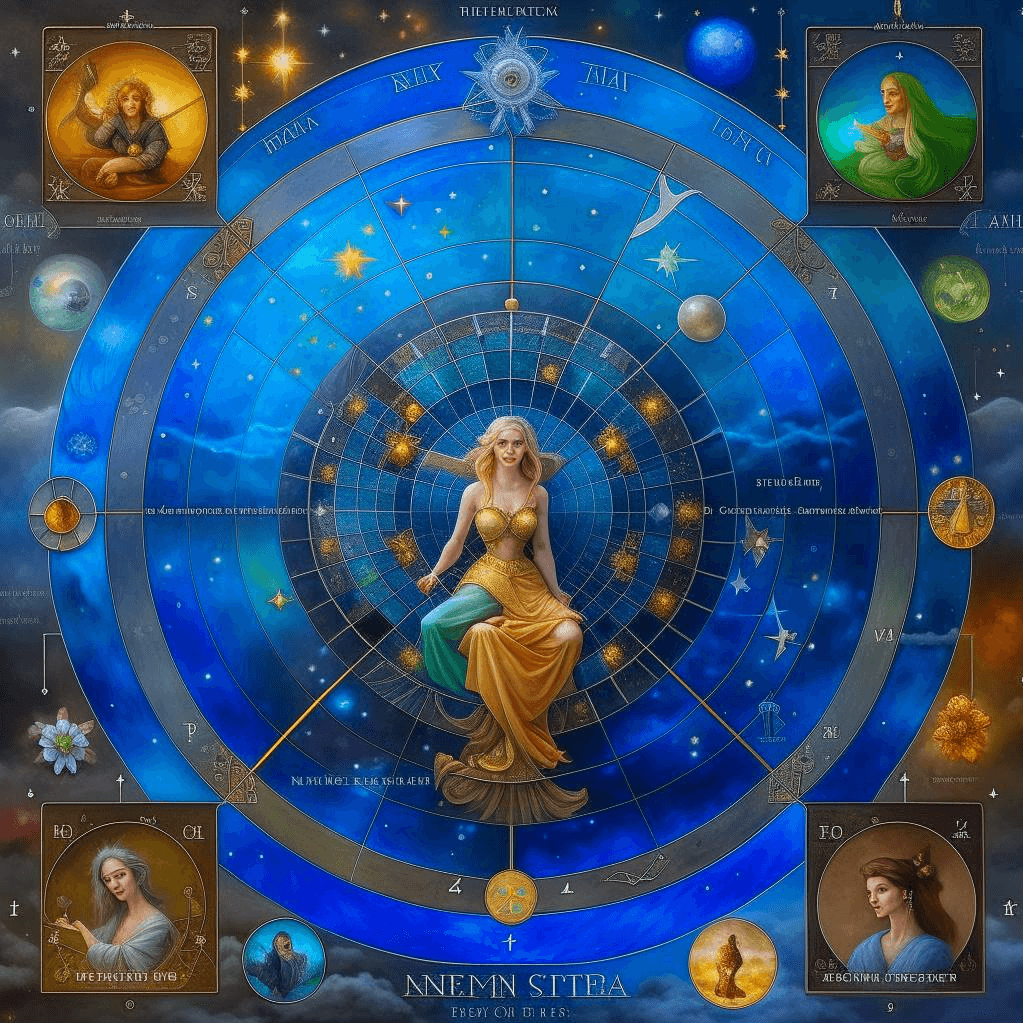

When analyzing synastry charts without a birth time, there are alternative methods that can provide valuable insights into the compatibility between individuals. While these methods may not be as precise as having an accurate birth time, they can still offer meaningful interpretations. Here are some specific facts and techniques to consider:
1. Using approximate birth times or known events: If you have a rough idea of the birth time or know significant life events, you can use these as reference points. For example, if you know that someone was born in the morning, you can assume a birth time around sunrise. This can help determine the rising sign and potentially the positions of other celestial bodies.
2. Utilizing the Sun sign as a starting point for analysis: The Sun sign is based on the date of birth and represents the core essence of an individual’s personality. By comparing the Sun signs of two people, you can gain insights into their general compatibility. For example, if both individuals have compatible Sun signs (e.g., both are Fire signs), they may share similar energies and have an easier time understanding each other.
3. Focusing on the aspects and planetary connections in the chart: Aspects refer to the angles formed between celestial bodies in a synastry chart. Even without a birth time, you can analyze the aspects between the planets and interpret their influence on the relationship. For example, a harmonious aspect (such as a trine or sextile) between the Moon and Venus suggests emotional compatibility and a strong bond between the individuals.
By considering these alternative methods, you can still gain valuable insights into a synastry chart without a birth time. While the analysis may not be as detailed or precise, it can provide a general understanding of the compatibility and dynamics between two individuals. Remember, it is always beneficial to seek professional astrological guidance for accurate synastry analysis.
IV. Interpreting synastry charts without birth time
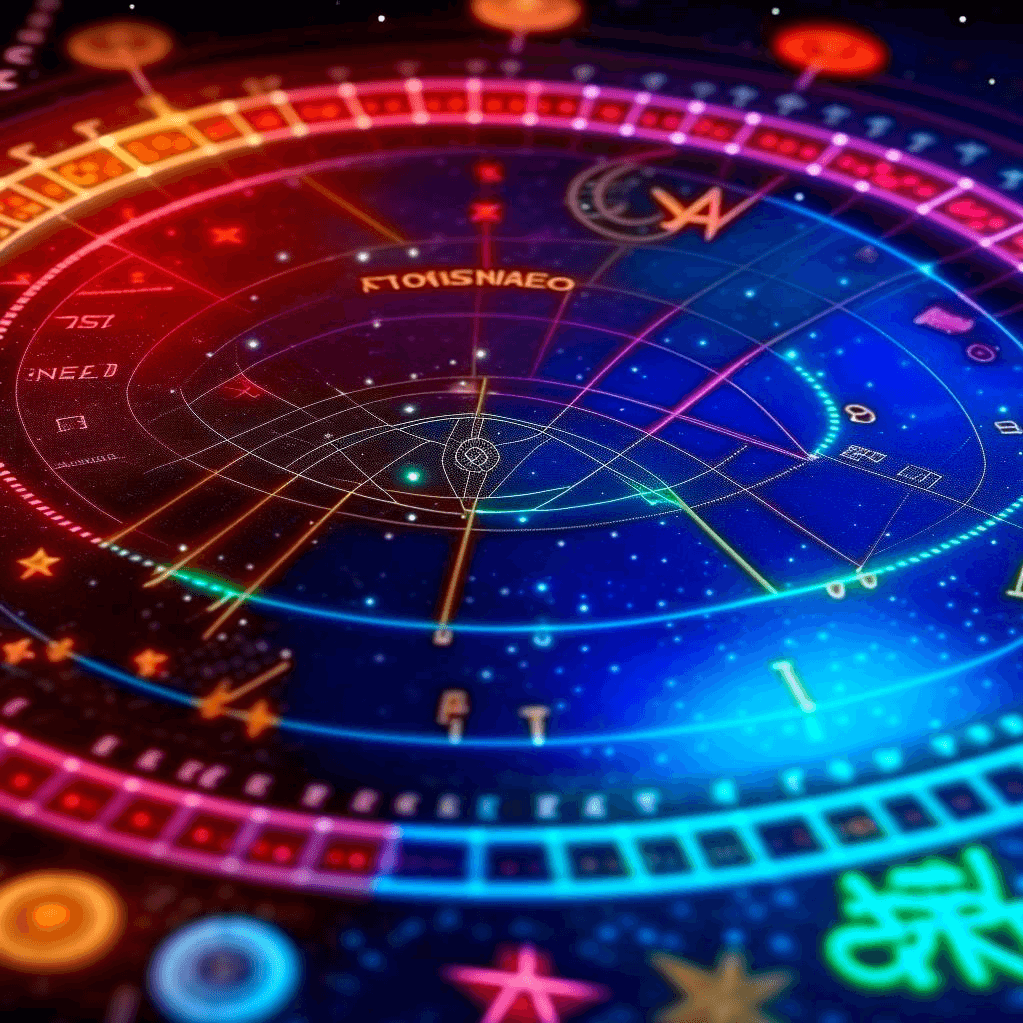

When analyzing synastry charts without birth time, there are certain methods you can use to gain insights into the compatibility and dynamics between two individuals. While the absence of birth time limits the accuracy of the analysis, you can still gather valuable information from the chart.
Focus on the overall energy and dynamics of the chart:
Without birth time, it becomes challenging to determine the specific house placements of the planets. However, you can still observe the overall energy and dynamics of the chart. Look for patterns, clusters of planets, and dominant elements to understand the general themes and energies at play in the relationship.
Analyze the dominant planets and aspects:
Pay attention to the dominant planets in the chart, regardless of their house placements. These planets can give you insights into the core qualities and needs of each individual. Look for strong aspects between the dominant planets, such as conjunctions, oppositions, or trines. These aspects indicate significant connections and influences between the individuals.
Consider the compatibility of the Sun, Moon, and Venus signs:
While the birth time is necessary for accurate placement of the Moon and Ascendant, you can still analyze the compatibility of the Sun, Moon, and Venus signs. The Sun sign represents the core essence and ego of each individual, while the Moon sign reflects their emotional needs and instincts. Venus sign indicates their approach to love and relationships. Analyzing the compatibility of these signs can provide insights into the emotional and romantic dynamics between the individuals.
Remember, interpreting synastry charts without birth time is not as precise as with birth time. It is important to approach the analysis with an open mind and consider it as a general overview rather than a detailed assessment. For more accurate and comprehensive synastry analysis, it is recommended to consult with a professional astrologer who can help you navigate the complexities of the chart.
V. Case studies and examples
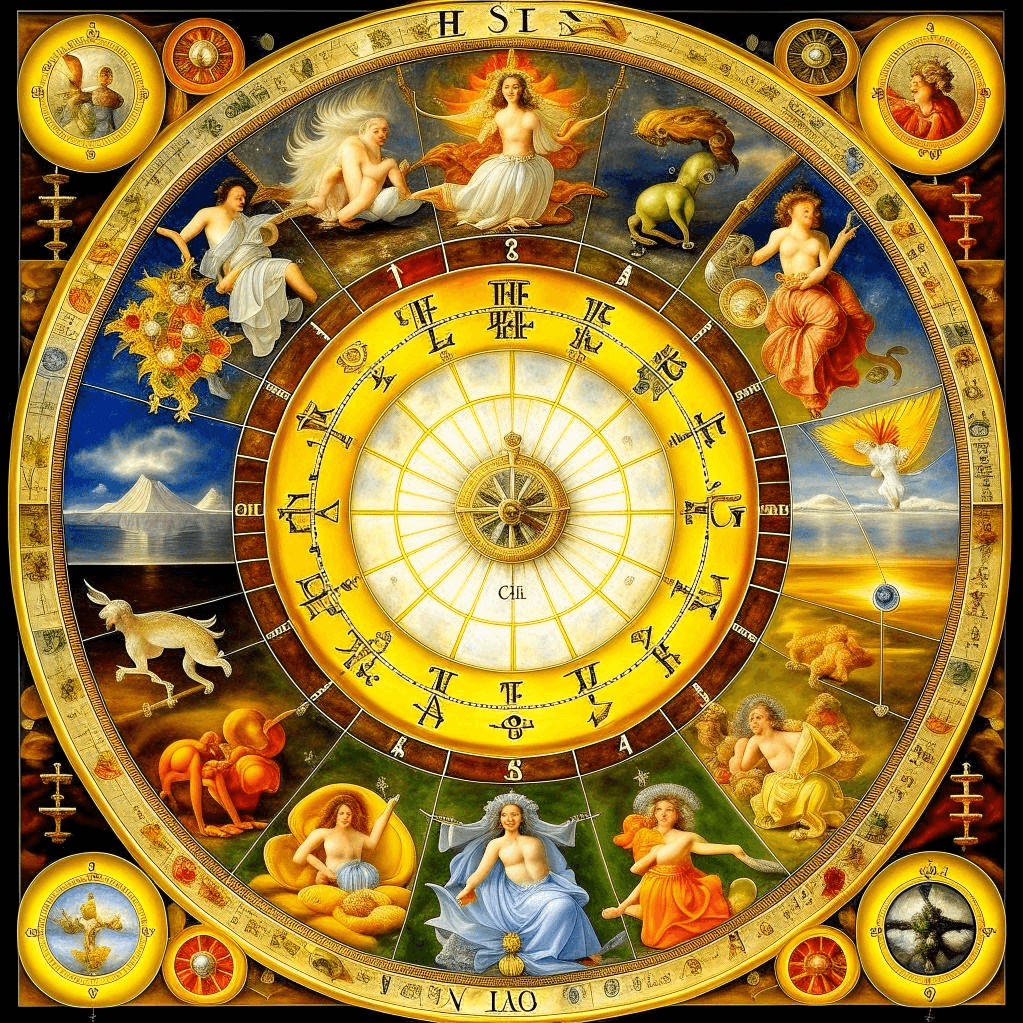

Example 1: Analyzing a synastry chart without birth time
Let’s take the example of Amy and Ben, a couple interested in understanding their compatibility using synastry charts. Unfortunately, they do not have their birth times available. However, they know their birth dates and locations.
Amy was born on June 10th, and Ben was born on September 5th. Without birth times, we cannot determine their rising signs or accurate house placements. However, we can still analyze their synastry chart using other methods.
First, we can look at their Sun signs. Amy is a Gemini, and Ben is a Virgo. This suggests that they may have good communication and intellectual connection, as both signs are ruled by Mercury. They may enjoy engaging in stimulating conversations and sharing ideas.
Next, we can examine the aspects between their planets. For example, Amy’s Moon in Aries may form a square aspect with Ben’s Venus in Cancer. This could indicate some differences in emotional expression and nurturing needs. They may need to work on finding a balance between their assertiveness and sensitivity in their relationship.
Example 2: Interpreting the dominant aspects and connections in a synastry chart
Let’s consider the synastry chart of Sarah and David. They are curious about their compatibility but do not have their birth times.
Sarah was born on March 21st, and David was born on November 10th. While we cannot determine their rising signs or accurate house placements, we can still analyze their synastry chart based on the positions of their celestial bodies.
One notable aspect in their chart is Sarah’s Sun in Aries forming a trine aspect with David’s Moon in Leo. This suggests a harmonious emotional connection and a shared sense of passion and enthusiasm. They may have a strong mutual understanding and support each other’s individuality.
Additionally, Sarah’s Venus in Pisces may be conjunct David’s Mars in Pisces. This indicates a strong romantic and sexual attraction between them. They may have a deep emotional and spiritual connection, and their shared dreams and ideals could strengthen their bond.
While analyzing synastry charts without birth time can present challenges, it is still possible to gain insights into compatibility by focusing on the overall energy and dynamics of the chart. By examining the Sun signs, aspects, and planetary connections, individuals can gain a better understanding of their compatibility. However, for a more accurate and comprehensive analysis, it is recommended to consult with a professional astrologer who can provide personalized guidance.
VI. Conclusion
In conclusion, understanding synastry charts without birth time can be challenging, but there are alternative methods that can still provide valuable insights. While birth time is important for accurate analysis, approximate birth times or known events can be used as a starting point. Focusing on the Sun sign can also offer some understanding of the compatibility between individuals. Additionally, analyzing the aspects and planetary connections in the chart can reveal important dynamics and energies.
It is important to remember that while birth time may be unavailable, the overall energy and dynamics of the chart can still be assessed. By paying attention to the dominant planets and aspects, we can gain valuable information about the relationship between two individuals. Considering the compatibility of the Sun, Moon, and Venus signs can also provide insights into the emotional and romantic connection.
It is worth noting that seeking professional astrological guidance is highly recommended for accurate synastry analysis. Astrologers have the expertise to interpret charts in a comprehensive and accurate manner, taking into account all the necessary factors. While understanding synastry charts without birth time may have its limitations, a skilled astrologer can still provide valuable insights and guidance for relationships.

